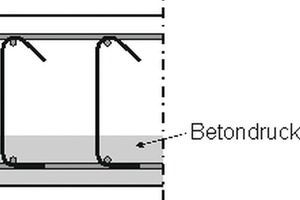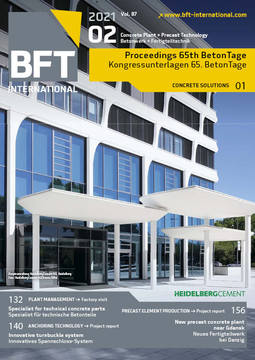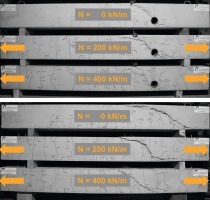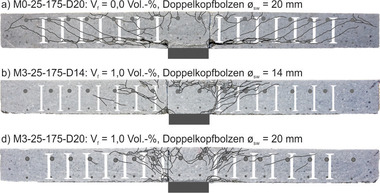New edition of DAfStb-Heft 600, Part 1 (Buildings) – extended contents and new provisions: overview
The revised second edition of Heft 600 was published in November 2020. It provides updated commentaries to the content of DIN EN 1992-1-1, with National Annex DIN EN 1992-1-1/NA as well as complementary and alternative application rules. The A1 amendments of EN 1992-1-1 and of DIN EN 1992-1-1/NA from 2015 as well as the interpretations of the standards up until June 2019 were taken into consideration. Some of the findings gained through the ongoing revision of Eurocode 2 have already been considered. The commentaries referred to above and introduced here constitute the new Part 1 of Heft 600 [1]. The later-planned Part 2 of Heft 600 [2] will contain bridge-specific commentaries to the content of DIN EN 1992-2, with National Annex DIN EN 1992-2/NA.
The most significant supplements and changes compared to DAfStb-Heft 600, first 2012 edition are, for example:
Supplemental notes on the framework conditions in concrete, reinforced-concrete and prestressed-concrete construction
imposed by the building law
Hints concerning existing structures
Requirements placed on fastenings in concrete elements and their design in accordance with DIN EN 1992-4
References to DAfStb-Heft 622 and 626 on performance-oriented durability design
Detailed commentaries on the changed durability regulations for circulation areas in parking structures.
Clarification of the durability requirements below flat roofing membranes, and cases when exposed to chemical attack
Extension of the loadbearing capacities of shear joints subjected to fatigue-effective action
Extension of punching shear reinforcement types analogous to additional shear reinforcement for shear force design in the form of S- or H-hooks up to a maximum diameter of 10 mm, adhering to specific boundary conditions (Fig.)
Clarification of the anchorage of the accountable width of longitudinal reinforcement in flat slabs and foundations with
punching shear reinforcement
Addition to moment coefficients and distribution widths of minimum longitudinal reinforcement (punching) for wall corners and wall ends
Supplements to the rules for compression in partial areas for only two-dimensional load propagation
Introduction of design principles in crack width restriction
commentaries to consideration of the effective tensile strength of the concrete subjected to restrained actions due to dissipation of the heat of hydration and recommended orientation values.








